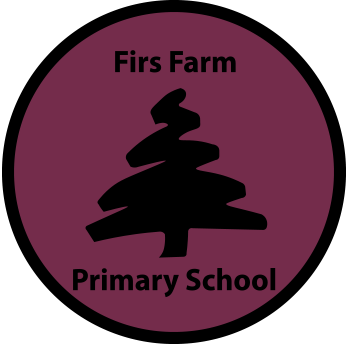Design & Technology (D&T)
At Firs Farm, we strive to equip pupils with the knowledge, skills and qualifications to become the next generation of creative practitioners in their chosen field. Our mission is to build confidence and resilience by encouraging children to take ownership of their work and develop their thinking into creative and individual ideas that can be prototyped, tested and refined. We aim to develop pupils interpersonal learning skills, such as collaboration and compromise, taking equally valuable but different roles in group work and speaking and listening.
Children are encouraged to be inquisitive about the way products work. We encourage both asking and answering questions in order to deepen children’s understanding of product and product design. At Firs Farm pupils develop practical and technical skills needed to perform design and technology related tasks confidently, providing them with the opportunities to test them out. They are encouraged to productively critique and evaluate their products and ideas and the works of others.
Design Technology at Firs Farm prepares children to deal with tomorrow’s rapidly changing world. It encourages children to become independent, creative problem-solvers and thinkers as individuals and as part of a team - making positive changes to their quality of life. It enables them to identify needs and opportunities and to respond to them by developing a range of ideas and by making products and systems. Through the study of Design and technology, they combine practical skills with an understanding of aesthetic, social and environmental issues, as well as functions and industrial practices. This allows them to reflect on and evaluate present and past design and technology, its uses and its impacts; helps all children to become astute and informed future consumers and potential innovators. We develop pupils' knowledge and skills in design, structures, mechanisms, electrical control and a range of materials, including food.
Key stage 1
Through a variety of creative and practical activities, pupils are taught the knowledge, understanding and skills needed to engage in an iterative process of research, designing, making and evaluating products.. They work in a range of relevant contexts [for example, the home and school, gardens and playgrounds, the local community, industry and the wider environment].
When designing and making, pupils are taught to:
Design
design purposeful, functional, appealing products for themselves and other users based on design criteria
generate, develop, model and communicate their ideas through talking, drawing, templates, mock-ups and, where appropriate, information and communication technology
Make
Select from and use a range of tools and equipment to perform practical tasks [for example, cutting, shaping, joining and finishing]
Select from and use a wide range of materials and components, including construction materials, textiles and ingredients, according to their characteristics
Evaluate
Explore and evaluate a range of existing products
Evaluate their ideas and products against design criteria Technical knowledge
Build structures, exploring how they can be made stronger, stiffer and more stable
Explore and use mechanisms [for example, levers, sliders, wheels and axles], in their products.
Key stage 2
Through a variety of creative and practical activities, pupils are taught the knowledge, understanding and skills needed to engage in an iterative process of designing and making. They work in a range of relevant contexts [for example, the home, school, leisure, culture, enterprise, industry and the wider environment].
When designing and making, pupils should be taught to:
Design
Use research and develop design criteria to inform the design of innovative, functional, appealing products that are fit for purpose, aimed at particular individuals or groups
Generate, develop, model and communicate their ideas through discussion, annotated sketches, cross-sectional and exploded diagrams, prototypes, pattern pieces and computer-aided design
Make
Select from and use a wider range of tools and equipment to perform practical tasks [for example, cutting, shaping, joining and finishing], accurately
Select from and use a wider range of materials and components, including construction materials, textiles and ingredients, according to their functional properties and aesthetic qualities
Evaluate
Investigate and analyse a range of existing products
Evaluate their ideas and products against their own design criteria and consider the views of others to improve their work
Understand how key events and individuals in design and technology have helped shape the world Technical knowledge
Apply their understanding of how to strengthen, stiffen and reinforce more complex structures
Understand and use mechanical systems in their products [for example, gears, pulleys, cams, levers and linkages]
Understand and use electrical systems in their products [for example, series circuits incorporating switches, bulbs, buzzers and motors]
Apply their understanding of computing to program, monitor and control their products.
Design and technology – key stages 1 and 2
Cooking and nutrition
As part of their work with food, pupils are taught how to cook and apply the principles of nutrition and healthy eating. Instilling a love of cooking in pupils will also open a door to one of the great expressions of human creativity. Learning how to cook is a crucial life skill that enables pupils to feed themselves and others affordably and well, now and in later life.
Pupils are taught to:
Key stage 1
Use the basic principles of a healthy and varied diet to prepare dishes
Understand where food comes from
Key stage 2
Understand and apply the principles of a healthy and varied diet
Prepare and cook a variety of predominantly savoury dishes using a range of cooking techniques
Understand seasonality and know where and how a variety of ingredients are grown, reared, caught and processed.
